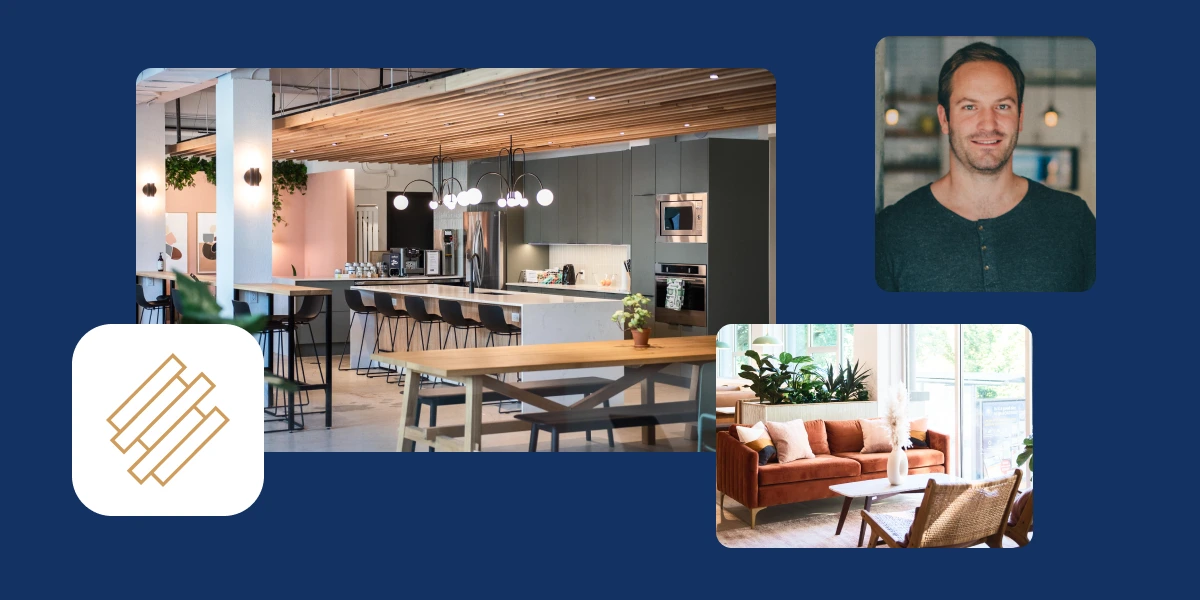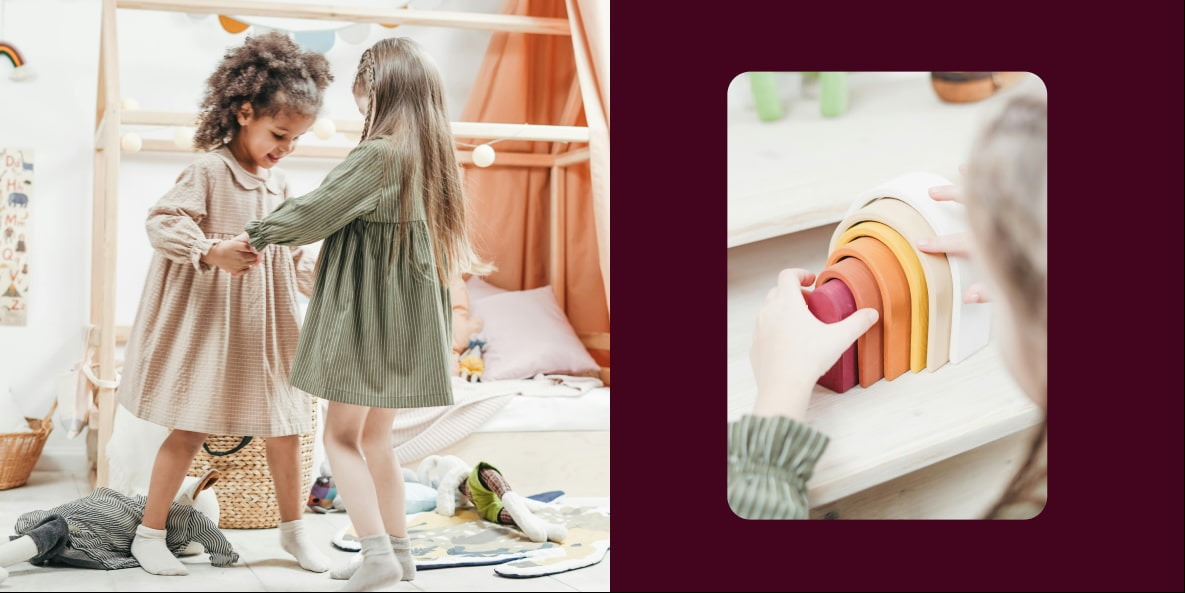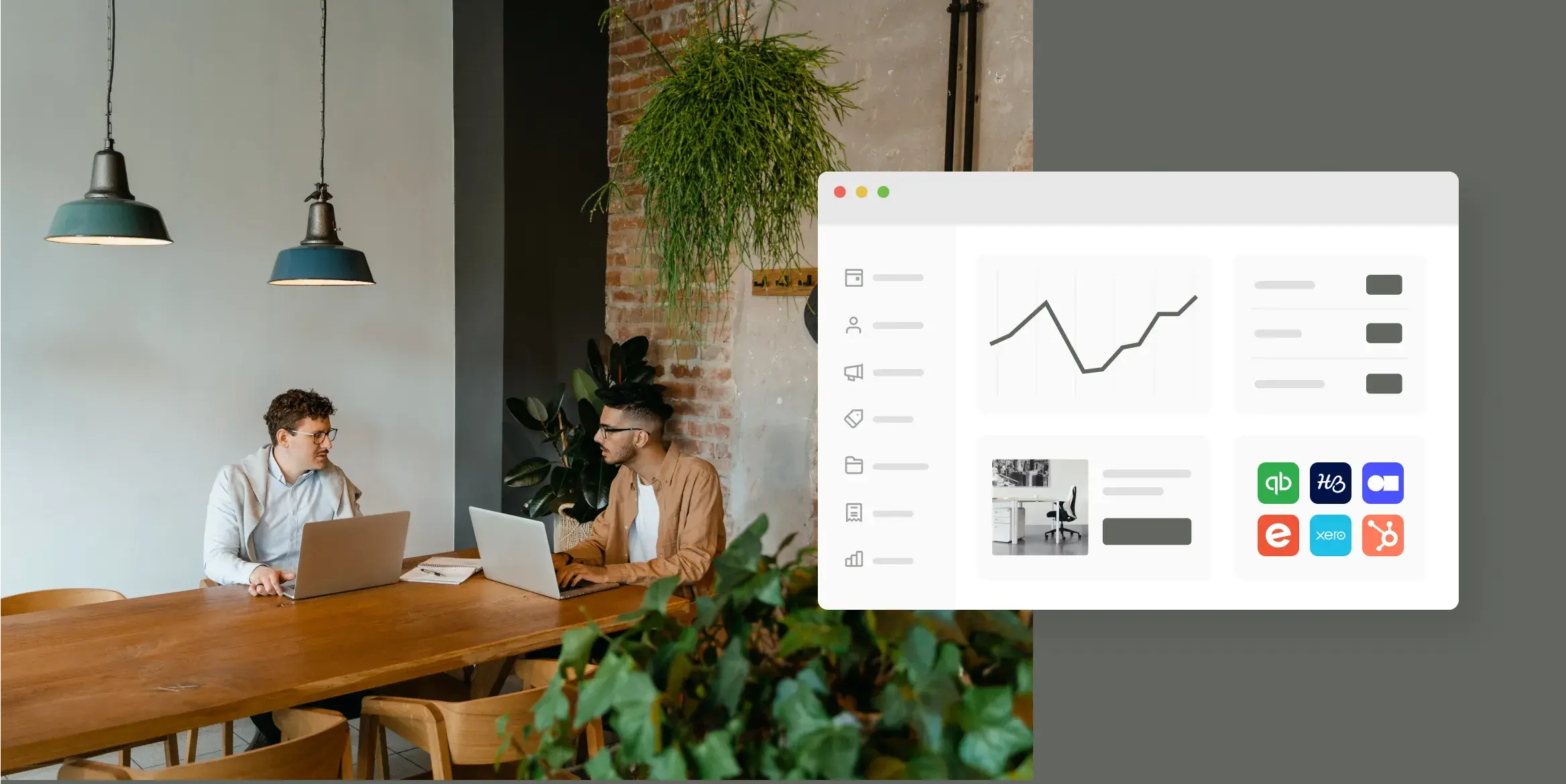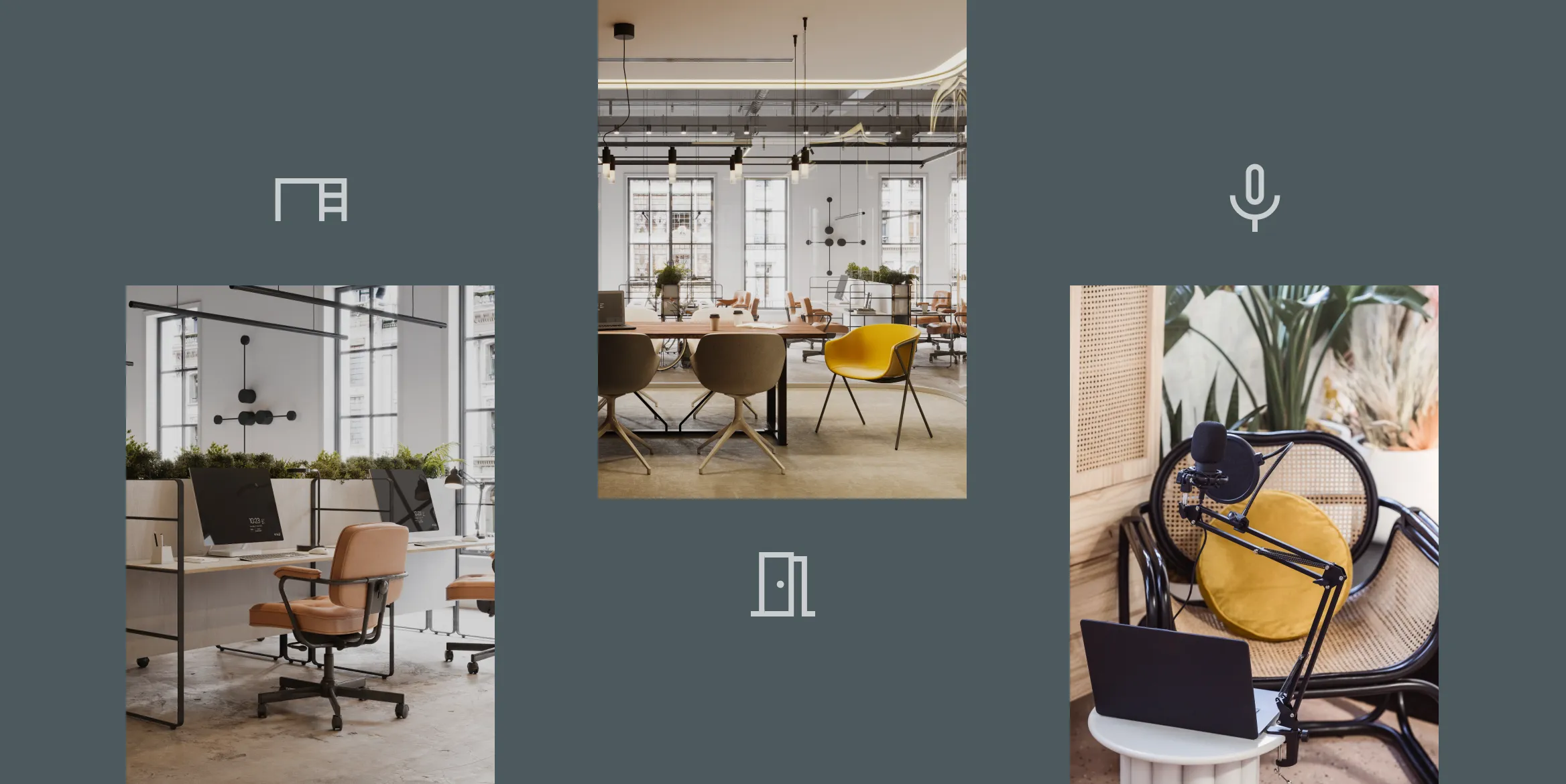
One of the most common questions we hear from new coworking operators is, how do I choose the right mix of products to offer in my space?
This is an incredibly important question to ask and, we’ll be honest, a difficult question to answer.
However, if you can strike the right balance between the different offerings in your space, you can unlock the secret to a sustainable business model and achieve long-term success.
In this article, we’ll discuss the primary product offerings in a coworking space and provide you with a framework to achieve the perfect product mix in your space.
What are the different product offerings in coworking spaces?
Traditionally, coworking spaces offered some combination of hot desks, dedicated desks, meeting rooms, and private offices to their members. Now, with more and more niche coworking spaces opening up, the offerings between spaces can vary drastically.
Below is a breakdown of the different product offerings you are most likely to find in a coworking space as well as what to know about selling each one.
1. Hot desk
A hot desk is a desk or seating area that is shared communally amongst a group of individuals. It is often referred to as “open seating” or “open desks” in coworking spaces.
Having hot desks are important because they encourage new member drop-ins and casual day passes, as well as promote a feeling of community in the space.
What to know about selling hot desks
Thanks to the pandemic, coworking spaces are now primarily operating as an office alternative for remote workers. As a result, many operators are finding that their hot desks and open seating areas are the hardest to fill.
Having some level of hot desking in your space is a necessity for most, but strongly consider your target audience before committing to a large number of hot desks in your new coworking space.
2. Dedicated desks
A dedicated desk is a desk that is rented out to one specific individual on a long-term basis. It is often located in a common area but is reserved for specific people on specific days.
Dedicated desks are a great membership option for those who want a longer-term commitment, but don’t need a private office. They offer a nice balance of flexibility and stability for members.
What to know about selling dedicated desks
Similar to hot desks, dedicated desks are also proving trickier to fill as of late. Some good potential dedicated desk members to target are extraverted freelancers, such as marketers, who are looking to get out of the house, but don’t necessarily need a quiet place to take calls throughout the day.
Want to deep-dive into hot desks and dedicated desks? This article will teach you everything you need to know about striking the perfect balance between hot and dedicated desks.
3. Single private office

A single private office is an enclosed space that serves as a workspace for a single person. It is often rented on a long-term basis, such as a six-month or one-year lease, at a higher cost than any other offering.
Private office holders act as the “owner” of that office. They are given their own key or access control and are typically able to access the office 24/7.
What to know about selling single private offices
As discussed in our 2023 coworking trends article for Coworking Resources, private offices are on the rise. Many operators are finding private offices in high demand as remote workers look for quiet places to take Zoom calls throughout the day.
This is important to keep in mind as you’re building out and designing your coworking space. Depending on your target market, you can bet on private offices being a more desirable product offering in a coworking space than the traditional open seating.
4. Team private office
A team private office is a large enclosed space that typically sits anywhere from two to six people. These spaces are intended to fit a team of individuals, such as a small start-up or a few employees from the same company.
What to know about selling team private offices
Just like single private offices, team private offices are seeing a spike in interest. These are best marketed to fully distributed remote companies as a way of encouraging a few local team members to gather in one space.
It can also be a good option for a budding start-up, although they may be more challenging to market due to various budget constraints.
5. Conference/meeting room
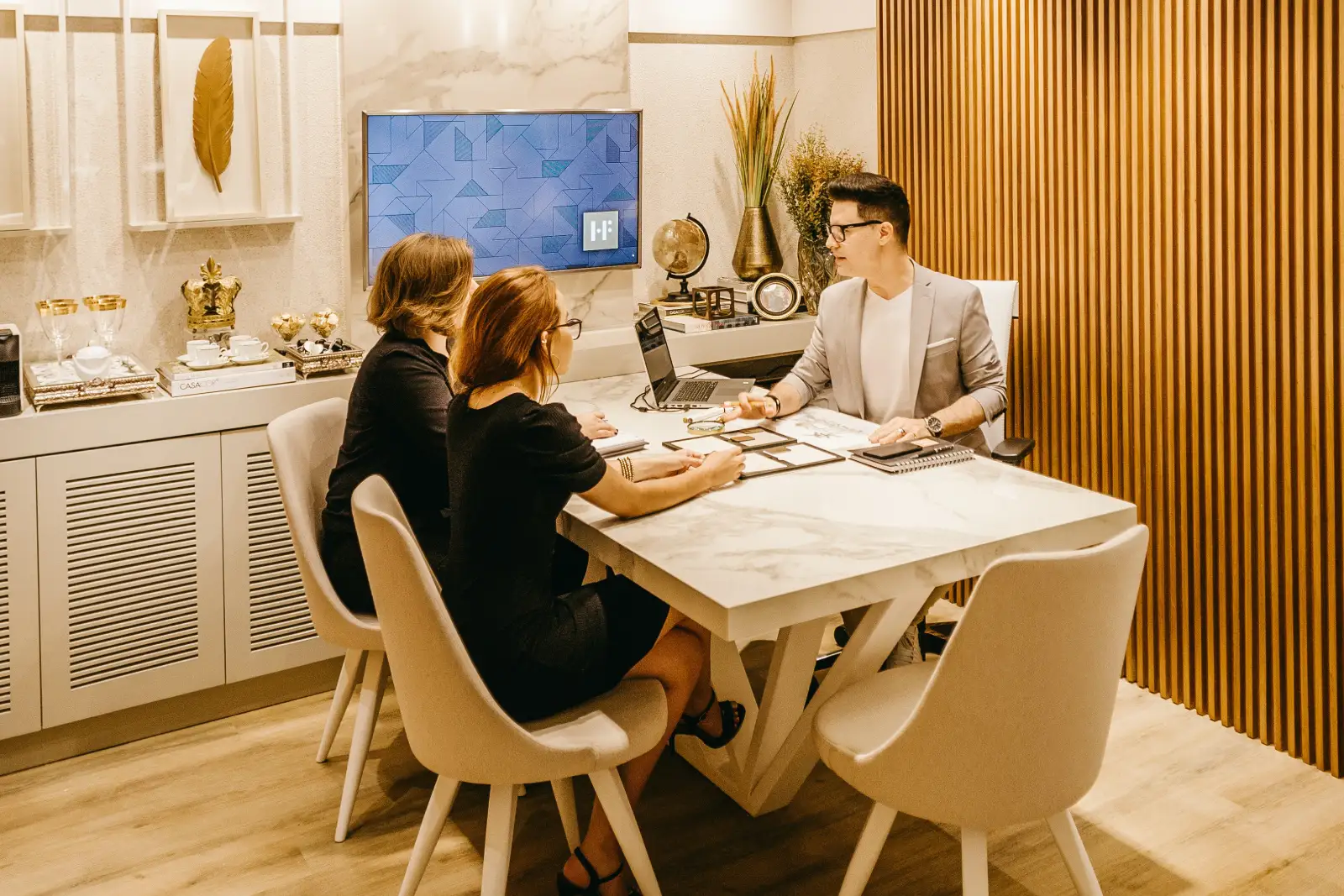
Conference and meeting rooms (also referred to as board rooms) are large spaces meant to hold upwards of 15-20 people at one time.
They are often rented on an ad-hoc basis, either by members or others in the community who need a professional place to gather for a private meeting.
What to know about selling conference/meeting rooms
Having at least one meeting room where people can gather is a good idea, though most coworking spaces offer at least two or three. It can be a good way to upsell existing members while driving more leads into the space.
6. Phone booth
Phone booths are small spaces, typically 10-15 sq ft, that are dedicated to supporting individuals taking phone calls. They are booked on an ad-hoc basis and often include a time limit to prevent individuals from overusing and abusing them.
Some spaces opt for fancy, external phone booths like a ROOM booth while others convert small offices or closets to serve as a place to take calls.
What to know about selling phone booths
Phone booths are one of the newer and most popular product offerings in coworking spaces. If you’re just starting to build out your space, plan on including at least one phone booth, if not more. It is one product whose use can almost be guaranteed.
This guide will walk you through choosing and managing phone booths in your coworking space.
7. Photo, video, and podcast studios

One product we’re seeing more and more of lately is products designed specifically for content creators and creatives. This includes well-lit photo studios, video recording studios, and fully-equipped podcast studios.
A photo studio may be as simple as a bright, well-lit space, while a podcast studio will require providing professional-level equipment.
What to know about selling creative studios
Whether or not this offering will be a good fit for your space will be highly dependent on your target audience.
However, these spaces can be rented out by both independent content creators and enterprise organizations who are looking to improve their marketing without investing in the equipment themselves, making them a desirable offer to include.
8. Event space
An event space is a dedicated area or venue that can be rented out for private events such as parties, wedding receptions, and community meet-ups. They are typically rented by coworking members or external members of the community.
Some operators have a dedicated “event space” attached to their coworking space, while others choose to offer individual rooms or the entire space to rent after hours.
What to know about selling event space
Allowing your coworking space to be rented out and used after hours is a great way to generate more revenue with minimal investment. Many coworking space operators choose to open some part of their space to external event bookings and find great success with it, especially in rural or suburban communities.
9. Other
As mentioned, the rise of coworking niches has made space for a number of other product mixes in coworking spaces including:
Although most “traditional” coworking spaces may not include such offerings, it’s worth considering other ways you can monetize your space outside of what you may typically see in a coworking environment. This in turn can help you create a point of differentiation while providing more value to your members.
What to know about selling other product offerings
Before jumping into more untraditional offerings in your space, it’s important to consider exactly how this offering will fit into your greater business model and the sustainability of it long term. Offering fitness classes may seem like a great idea, but if your members aren’t interested in fitness, it’ll do more harm than good for your business.
Factors to consider when choosing your coworking product mix

Now that you know what you can offer in your coworking space, it’s time to consider what you should offer.
Like we tell all of our clients, unfortunately, there is no perfect mix of products that fits every person and every space. As much as we would love to be able to tell you to create a 50/30/20 ratio of x and y products, there is no one size fits all approach.
However, there are some factors you should consider that will heavily influence the types of products you will be offering in your space. Here are four we recommend spending some time thinking about before opening your doors.
1. Your target market
Every decision you make in your space should come back to your target market. Who are you trying to attract to your space? What are you wanting to offer them? What is it that they will find most valuable?
Your target market can help guide you in the direction of what you choose to offer. If you’d like to attract more enterprise clients, then a good selection of conference rooms and single and team private offices are necessary.
If you’re interested in tapping into the remote work crowd, then private offices and phone booths are in order, with an open space for networking events.
For those speaking to a specific niche, such as parents or female-only spaces, your space may need some alternative product offerings like a childcare facility. As with all big decisions in your coworking space, always start with your audience.
2. Your location
Where your space is located will impact your product offering as well. This is ultimately because the location of your space drives who does (and doesn’t) choose to come in.
Here are some of the general trends we see when it comes to location and product offerings in coworking spaces.
- Rural or suburbs: rural spaces often do better with more private offices and dedicated desks, as the number of daily drop-ins is often less than other spaces
- Larger cities: spaces located in larger cities can usually do with an equal mix of product offerings, including meeting rooms and creative studios, as there tends to be a big enough population to support the need for all kinds of workspaces
- Tourist destinations: tourist destinations typically do the best with hot desks and open seating arrangements, as tourists are typically more motivated to book a casual drop-in and meet new people in a coworking space
If you’re scoping the perfect space to set up a coworking space, this guide will help you map out your ideal coworking location strategy.
3. Your business model
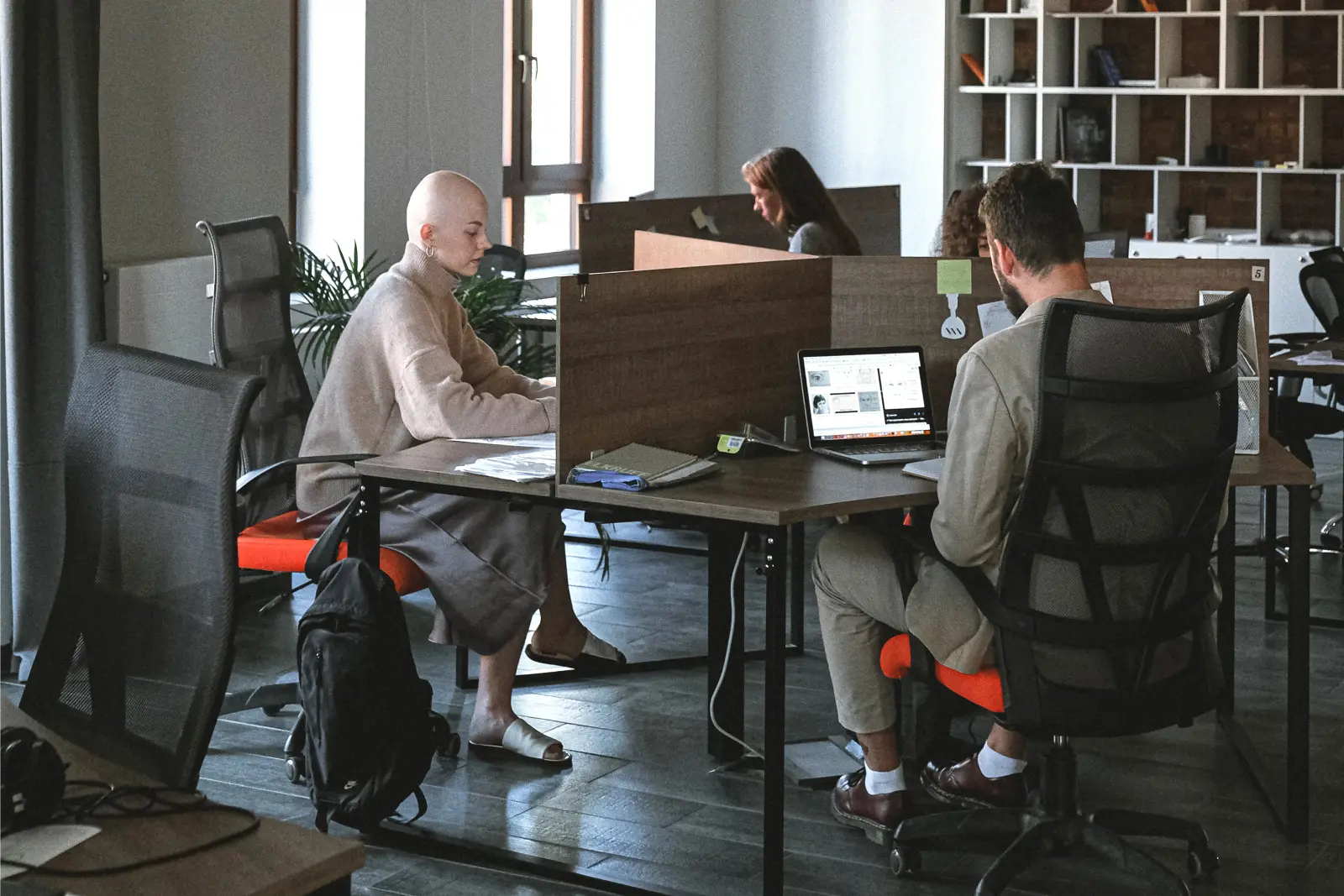
We often see community-driven or non-profit coworking spaces open without considering their business model. Even if the primary goal of your space is not to make money, there still needs to be enough revenue generated to keep the space in operation.
Therefore, it’s imperative to consider how your coworking space is going to make money and to develop your product mix in a way that strategically supports this.
For example, most people find that if they rely on hot desks and daily drop-ins from tourists alone, their monthly revenue will be unpredictable and their business model will not always be able to sustain the fluctuations.
For that reason, we see most operators look to develop a healthy mix of long-term predictable revenue-generating products like private offices and dedicated desks, along with short-term, unpredictable products like hot desks. This is irrespective of their audience and location.
4. The greater macro environment and emerging trends
Finally, as discussed throughout this article, recent shifts in the macro environment post-COVID have heavily affected what coworking spaces are being used for.
Previously, coworking spaces were primarily attractive to entrepreneurs, freelancers, and those working for themselves who were looking to build connections. There was space for coworking spaces to be a bit more playful, fun, and designed around bringing people together.
Now, coworking spaces have become a third space for remote workers who are looking for another, quiet place to get their work done. They want to connect with others but on their own terms. Plus, being on calls all day requires a certain level of privacy.
This trend has heavily shifted what coworking spaces choose to offer and what they’re finding is most popular.
Of course, you can’t rely entirely upon trends and the macro environment to make decisions – trends are always apt to change. However, you would be remiss to ignore them completely, as ignoring broad-stroke trends are a surefire way to lose in both the short and long term.
The number one tip for choosing the right mix of products in your coworking space
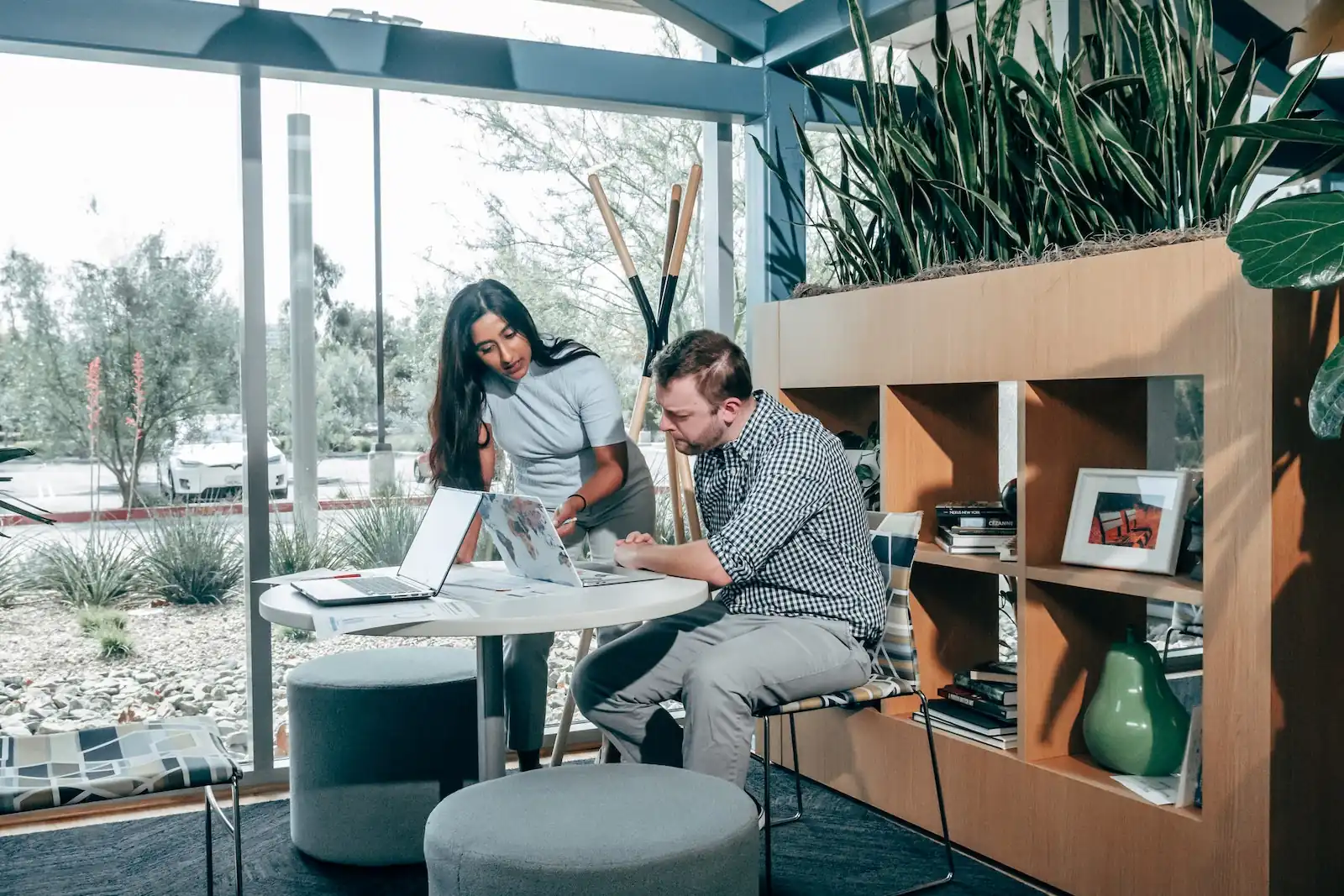
Before we close, we’d like to leave you with the final tip that we share with all of our new coworking owners and operators when it comes to finding the right mix of products for their space: embrace experimentation.
To successfully experiment with your predicted offerings, be sure you:
- Keep track of what you’re offering and how it’s performing – coworking software like Optix can help you get detailed analytics to unlock exactly how your space is performing
- Collect feedback from members to see what they wish there was more of in the space and incorporate this feedback regularly
- Design your space in a way that is modular and flexible enough to adapt to different changes over time
- Stay open to making changes as you collect new information
At the end of the day, the only way to find out what works for your space is to try something and measure its success over time. By embracing an experimentation mindset, you can ensure you’re able to find the right mix of products to incorporate into your space in time.
Manage your product mix with Optix
We’ve helped hundreds of coworking leaders find and manage the perfect product mix with our coworking software.
Using Optix, coworking owners and operators are able to make anything in their space bookable – whether that’s a desk or a gym – while measuring the success of the space and using these analytics to grow their business.
Speak to a member of our team and start your free 14-day trial today.


